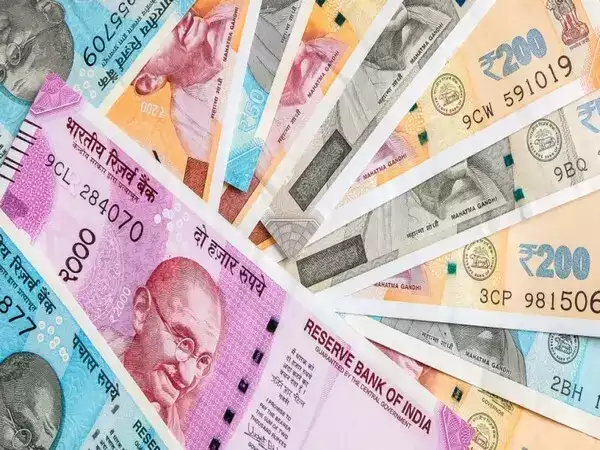
The 1-month non-deliverable forward indicated that the rupee will open near its close, and all-time low, of 84.28 in the previous session.
"It's fairly obvious that the risks (on dollar/rupee) will be on the upside for the time being. When you think of levels, plainly the next one is 84.50," a currency trader at a bank said.
"I think the question now is how adamant the RBI (Reserve Bank of India) will be in its defence (of rupee) in the face of the extensive dollar up move."
The rupee suffered its worst day in 4-1/2 months on Wednesday, mirroring the slump in other Asian currencies amid uncertainty over what a Trump presidency will bring.
The renewed tariff threat following Trump's victory prompted investors to dump the Chinese yuan and other Asian currencies.
The offshore yuan plunged 1.4% on Wednesday, in the biggest decline in half a decade. It was a similar story for most Asian currencies with the Thai baht down 2% and the Korean won 1.7%.
The rupee's losses in the session would have been larger had it not been for the RBI's intervention. It was not the only central bank keeping a watchful eye.
Indonesia's central bank prepared mitigation efforts to stabilise the rupiah, including intervention in the foreign exchange market in case of excessive volatility. China's state-run banks sold dollars to support the yuan.
The Federal Reserve is widely expected to cut rates by 25 basis points just after midnight India time, and most analysts reckon that the central bank's ability to deliver many more rate cuts has been constrained by Trump's victory.
Disclaimer: The copyright of this article belongs to the original author. Reposting this article is solely for the purpose of information dissemination and does not constitute any investment advice. If there is any infringement, please contact us immediately. We will make corrections or deletions as necessary. Thank you.





